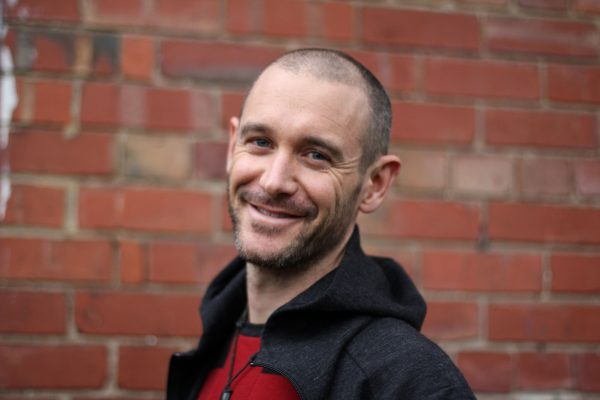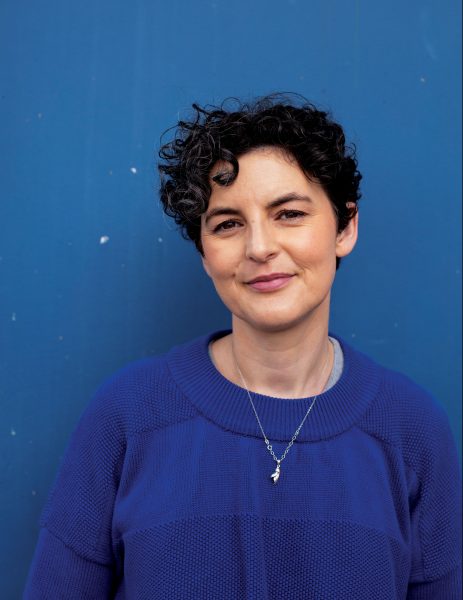Remains of the day

From a crescent of blue sky, a north-westerly rages through central Christchurch, sending billboards cartwheeling and sending up dramatic plumes of dust that are driven like fog through empty streets. There are moments when here dead centre in the CBD of a first-world city on a week day—I look around and can’t see a soul. It’s apocalyptic, and now nearly three years on from the devastating quake, also terribly sad.
I’m here to install the New Zealand Geographic Photographer of the Year exhibition on a demolition site, hoping that the visual arts may help to reinvigorate patronage of the central city. I suppose I had expected to see flourishing construction. It’s happening, but is largely reserved to the suburbs and commercial premises at the central-city fringe. Here in the CBD, progress is marked by sentinel achievements—the cardboard cathedral, the Re:Start container mall that have emerged phoenix-like though relatively isolated from the rubble. As for the rubble, it’s largely gone; scooped up and trucked out, the tidy square lots scraped, levelled and rolled. Many have turned into poorly patronised carparks; others, rimmed by six-foot-high Hurricane wire fencing, await their fate, swirling in dust, conjecture and insurance wrangles.
Earthquake tourists wander about, attempting to get their bearings amid a landscape without landmarks. They gawk and gasp, and take photographs of the tortured and tumble-down structures that remain writhing in some sort of architectural agony.
In the red-zoned suburbs, the scene is rather more sobering, if that could be possible. Streets still awash in muck lead to fractured driveways and dwellings shattered with cracks. Weeds run rampant, lawns are two feet high and flowering with plastic bags and demolition debris. But there also seems to be a household on every street with a car in the drive, gardens tended and a horror story of an insurance lock-out, a battle with the Canterbury Earthquake Recovery Authority and the Earthquake Commission, or a simple desire to stay put in a neighbourhood that they love. They’ve formed groups, assumed names such as Quake Outcasts’, and together await a very uncertain future as their many and various claims get towed through the courts.
“They’ve formed groups, assumed names such as ‘Quake Outcasts’ and together await a very uncertain future as their many and various claims get towed through the courts.”
In her feature, ‘Red Zone’, Sally Blundell follows their fortunes and investigates the horrifying social outcomes of a natural disaster with quite unnatural consequences. It’s a story that occupies the daily thoughts of many Cantabrians, but should have meaning for all New Zealanders.
I brought home from Christchurch an array of little wooden houses made from the weatherboards of a home in those suburbs torn apart by the quakes and the bulldozers. They were ‘upcycled’ by Rekindle, a company attempting to make the best of the worst. If in any way the connection that people can have with their homes is imbued in the homes themselves, there’s a lot of love in those little blocks. And certainly a potent reminder that, long after the aftershocks have subsided, the social and emotional reverberations continue to rattle our friends and family in Christchurch.















